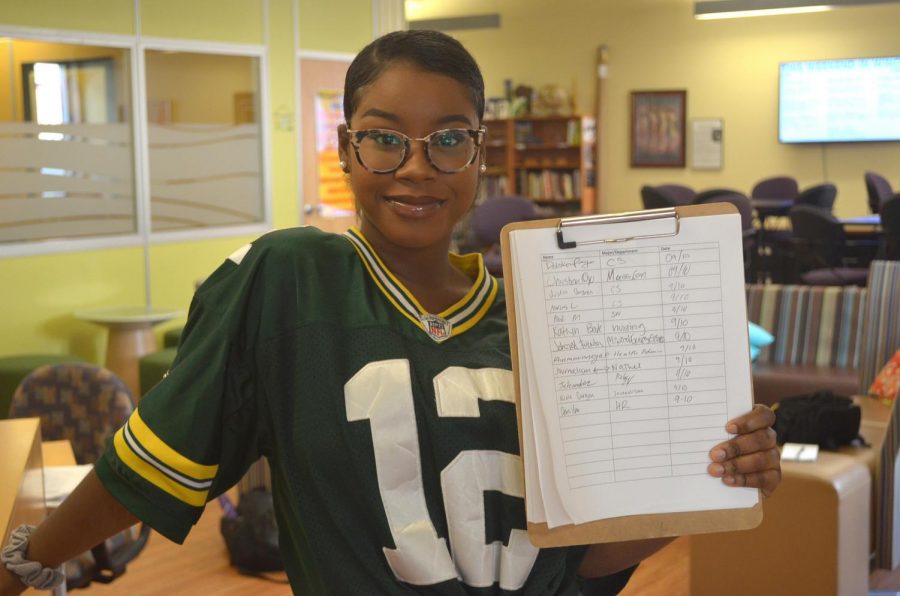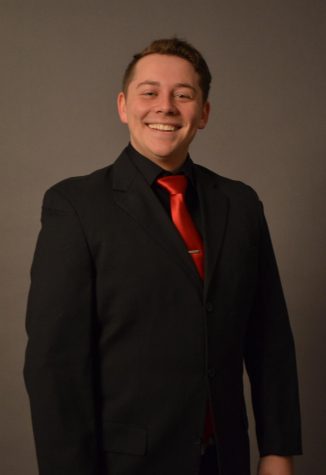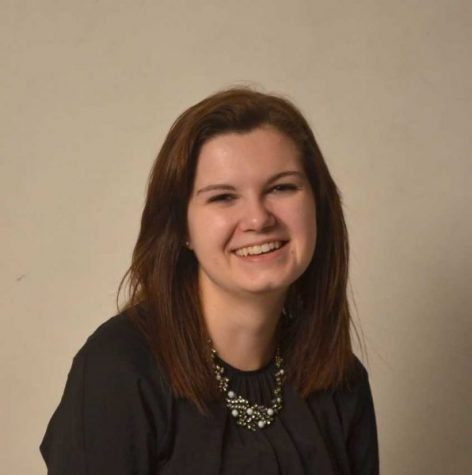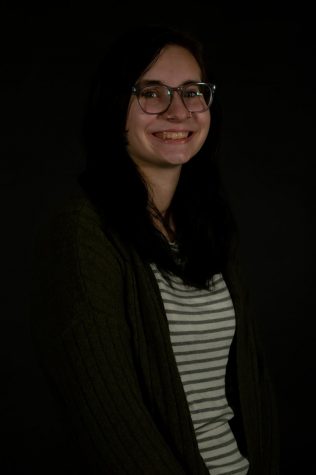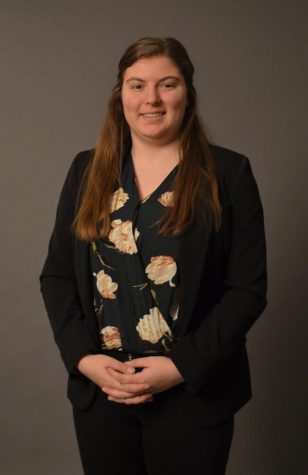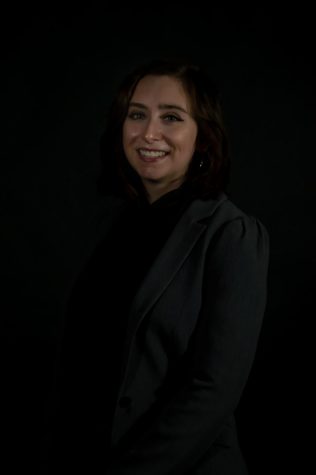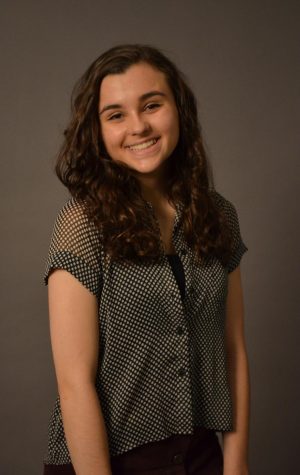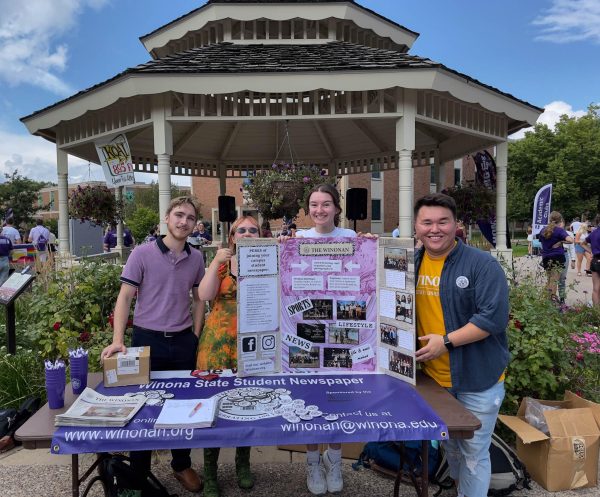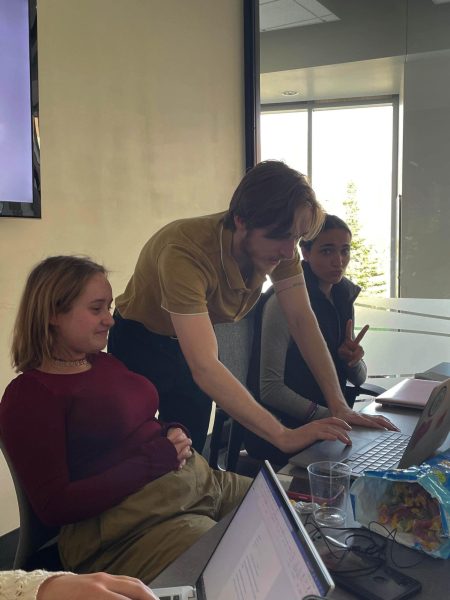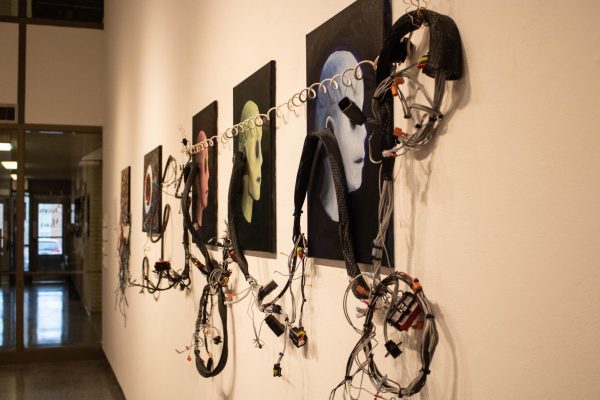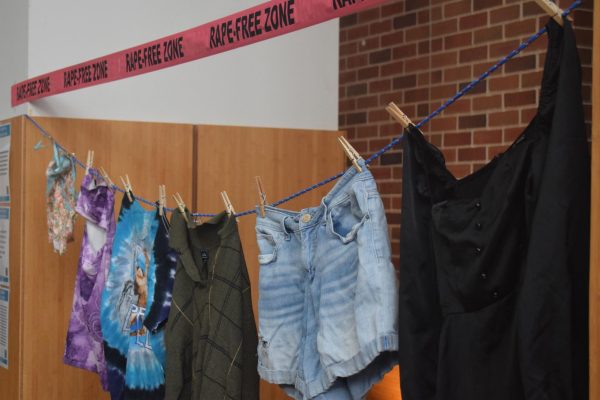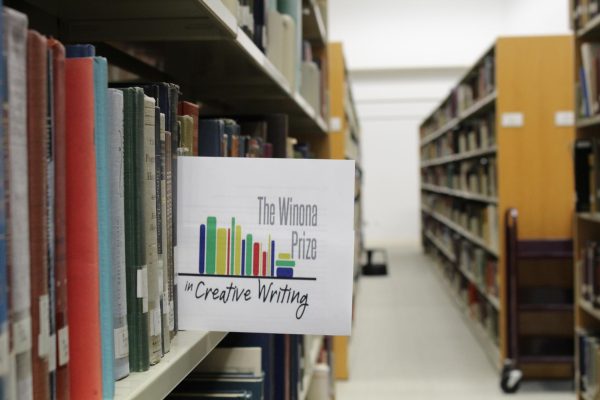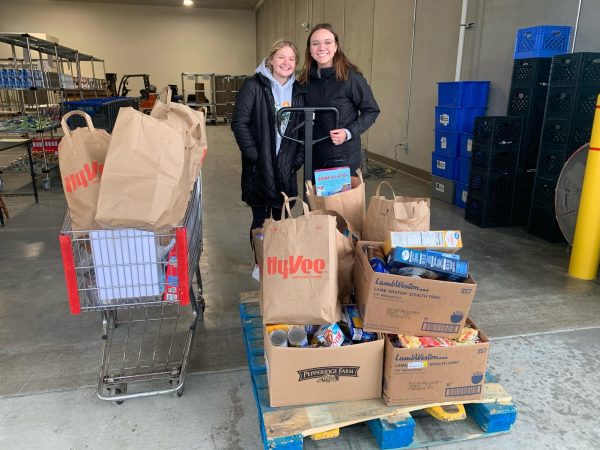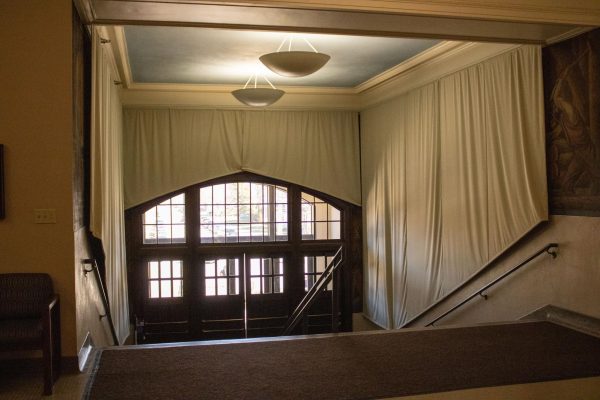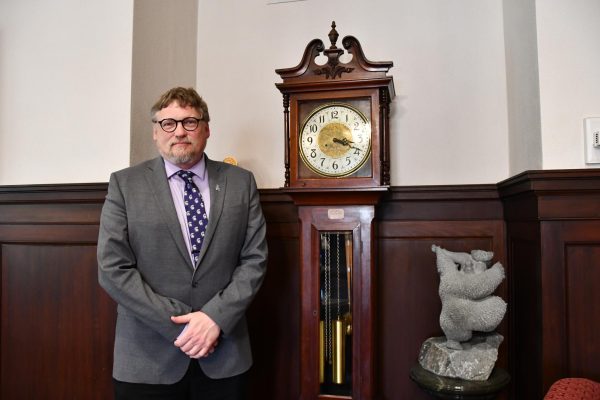Will students get to KEAP their center?
Confusion ensues as faculty, student communication is misunderstood
Senior history and social studies education major Mercedes Williams holds the KEAP Center’s sign-in sheet. “I think its unfair that students need to prove they use this space when clubs like UPAC or spaces like the meditation room don’t need that, [the university] just assumes [they’re used].”
September 12, 2018
The KEAP Center arose on campus to provide students with a safe, inclusive space when there was not a resource center on campus. Students were allowed to enter and leave the center without any documentation. Years after the KEAP Center was provided, faculty have asked students to sign into the center, causing confusion between faculty and staff on the reasoning behind the decision.
Jalen Crum, a senior marketing major, who is also the president of the African-American Student Association, currently works at the front desk of the KEAP Center.
Crum has been visiting the center daily for the past year because his club and other friends meet there. The center also provides a space to for Crum to do homework.
Crum is one of the students who fears the KEAP Center being taken away from the student population.
“The students are pressured too much to get signatures. Everyone here wants to keep this space, and a lot of us come here every day,” Crum said. “We love being in here, and for [faculty] to say we need signatures to keep it is a little bit nerve-wracking. Higher-ups within the school have told us in the past that if people don’t sign in, make sure you ask them to.”
The KEAP Center is associated with the Inclusion and Diversity office on campus, which is run by Vice President Jonathan Locust, as well as an advisor and a recruitment specialist underneath him.
Some of the student leaders who help run the KEAP Center make up the KEAP Council, which is an umbrella student group for clubs centered around subjects of cultural and sexual identities. The students don’t administer the KEAP Center, but utilize it for programs. The center, which is open to everyone, tries to provide resources to the community at large.
Wayne Ripley, an English professor at Winona State, and one of the staff members who initially fought for the creation of the KEAP Center, weighed in on the topic.
“Students are asked to sign in, they’re not absolutely required to sign in,” Ripley said. “We’re at a point with the budget crisis that we’ve been suffering from where the Inclusion and Diversity office just wants to be able to demonstrate concretely that students are attending this office, that it is being utilized, that a need is indeed there and that it’s being fulfilled.”
The initial goal during the creation of the KEAP Center, Ripley said, was to provide a student space for under-served students, more intentionally than the university had done in the past. The sign-in process has been adopted along the way.
After becoming more involved in the campus organization Full Spectrum, fifth-year mass communications – journalism student, Charles Egberg, began visiting the KEAP Center last year.
“I think it’s ridiculous [that students have to sign in]; to my knowledge it is the only space on campus that students have to prove they are using,” Egberg said. “I think that shouldn’t be an issue considering that the university strives to be inclusive. Why should you have to sign in to be a part of a safe space?”
When asked about different rooms on campus that students are asked to sign-in when entering, Ripley made a few quick comparisons.
“It’s similar to how you need to scan your ID at the Wellness Center, they want to be able to demonstrate numbers,” Ripley said. “There’s always that pressure to look at student services, see how they’re being utilized, how much they’re being utilized, what effectiveness they offer to the student body and their learning outcomes.”
Another comparison Ripley made with the sign-in sheet, was with the process of hosting different events and speakers on campus. He stated that in order to bring in speakers and events to campus, there is a requirement on how many people attended.
Ripley went on to speak about one of the reasons behind why the sign-up sheet was initially created.
“Before we had Vice President Locust, we had a director who was charged with producing an annual report about the Inclusion and Diversity office, and one thing he did, was that whenever there would be a speaker in East Hall, he asked people to sign in, so he would be able to demonstrate quite concretely this is how many people attended,” Ripley said.
Ripley said one thing for students to keep in mind is not to worry about the process.
“If students feel like it could be taken away from them, I hope they don’t feel that way, but it’s also good to be aware that any college administration, especially in the time of a budget crisis, needs data to make its decisions,” Ripley said.
Egberg stated that, though he has not been one of the students who has been vocal about the process, he has not talked to faculty about the situation. He said that from “whispers” he’s heard from other members of the student body, the loss of the center is what he believes the sign-in process of the KEAP Center is leading to.
Locust, on the other hand, has not heard about the center being taken away due to lack of signatures.
“If it is, it has not made it to me, my staff or any of my student workers. I’m sure that they would have told me about it,” Locust said.
The sign-in process, as Ripley said, is not a requirement for students when entering the center.
“I look at a requirement like you are required to be 21 to go drink or required to have a driver’s license to drive,” Locust said. “If someone wanted to go to the KEAP Center and did not want to put their signature, in no way would we say ‘you still can’t come in.’ We just don’t do that.”
According to Locust, another one of the reasons they have utilized the sign-in procedure is to find the slowest and busiest times to help coordinate staffing for the KEAP Center. Locust said if they see a large number of signatures at a certain time, they will know if they need another person to work at that time to help take care of the students who are coming in.
Tamara Berg, director and professor of women’s, gender, and sexuality studies, had similar views on the uses of the sign-in sheet.
“The sign-in documents how many people use the center. It is still a welcoming space to hang out. I don’t see a problem with them having to sign in. If people don’t want others to know they are going there and they are told to sign in, that is another problem. But they don’t have to sign in,” Berg said.
Berg and Locust do not want the sign-in process to stop people from visiting the center.
“I tell students to come to the KEAP Center to feel inclusive. Everybody is welcomed. I believe that with what the KEAP Center offers, asking someone to sign in is only a small thing to the community we have to offer,” Locust said. “The last thing I want is to let something as far as the office strongly encouraging students to sign in for our better understanding of our demographics to overshadow what the KEAP Center has to offer for faculty and students, which is a community where they can come to talk to people and feel inclusive.”
After telling Crum about what faculty and staff have said about the topic, Crum responded with his student perspective.
“[Faculty and staff] kind of say both [sides of the center being taken away]. They don’t say we need to get [signatures] or it’ll be taken away, but at the same time they emphasize to make sure we get signatures, so they know people use it,” Crum said. “They do express, however, that it can be taken away, ‘make sure we get signatures, so we know people use it, so we can keep it.’”
In contrast, Ripley continued by stating another need for the importance of receiving signatures.
“That focus on numbers may not always be apparent to the student body, but definitely the faculty and staff are aware of requirement,” Ripley said. “I think the idea of a sign-in sheet is very much tied to its connection to the Inclusion and Diversity office.”
The sign-in process, Locust added, also helps the Inclusion and Diversity office know who is interested in the center and who would be interested in events the center hosts. According to Locust, when Winona State hosts speaker’s series, plays and other events on campus, the act of signing in shows the number and what type of people show interest in different events, as well as get a better understanding of the Winona State population.
“We can’t serve people if we don’t know who our population is. We want to make sure that we are going about it by who is visiting the KEAP Center, what students are there so the programs we have apply to those that attend that space,” Locust said.
At this time faculty and students are not able to see eye-to-eye on the reasoning behind the sign-in procedure. Before collaboration between the two entities begins, this miscommunication will continue to be present.
“I don’t think we should have to sign in, the meaning of the term ‘safe space’ proves why,” Egberg said. “There is always another side to a story.”
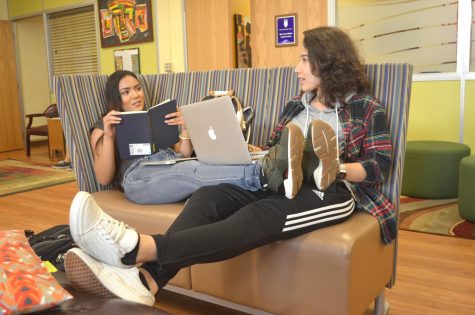
Left to right: Juniors Rhoemminneya Phan and Isis Rodrigez relax and work on homework in the KEAP Center. Phan and Rodrigez often come to the center in between classes or when they have free time to hang out with friends or work on homework. “It’s unique from other spaces on campus,” Rodrigez said. “Everyone is friendly and there are no judgments here.”























































